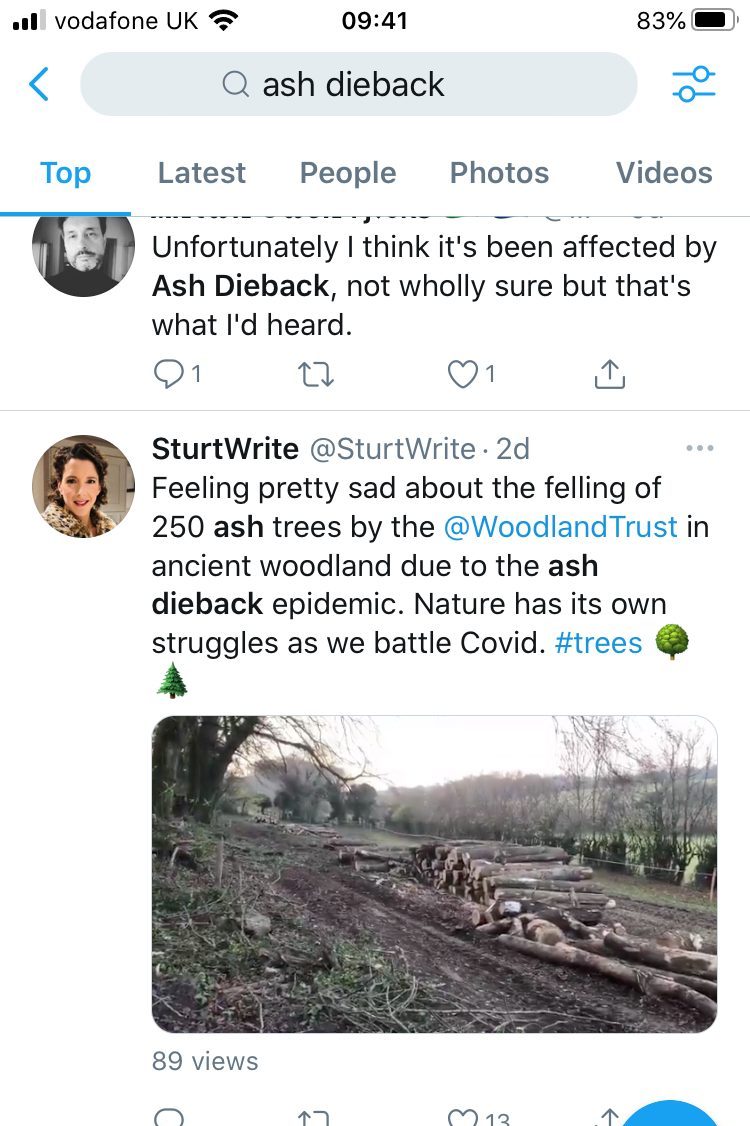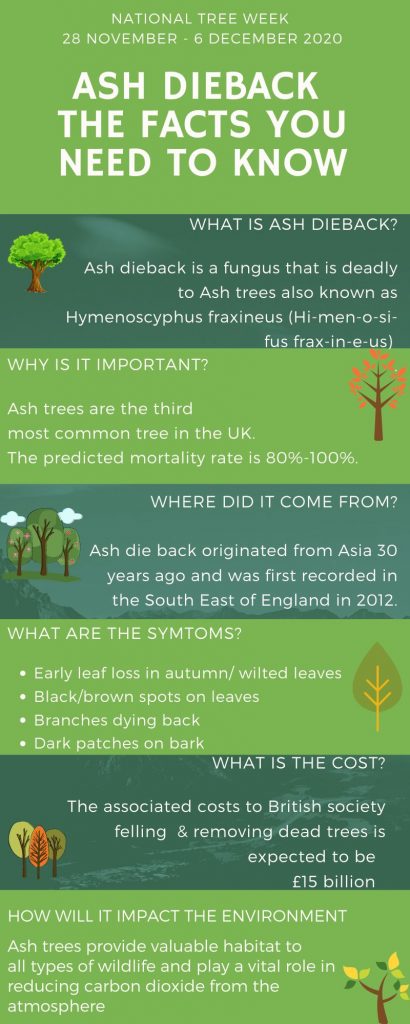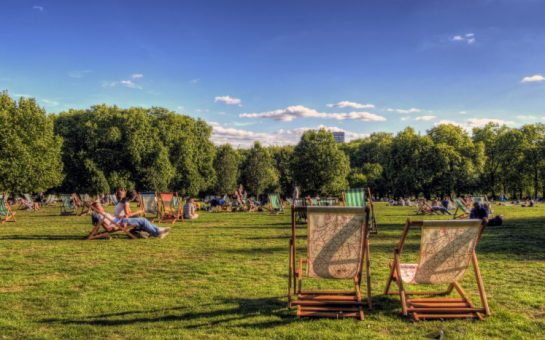British ash trees are battling a health crisis of their own as they tackle a deadly fungus called ash dieback.
The UK is home to around 125 million common ash trees and, alarmingly, the mortality rate is predicted by some experts to be as high as 80% or even 100%.
Similarly to COVID-19, this ‘treedemic’ originated in Asia 30 years ago, and since its first arrival in the south east of England in 2012, it has divided expert opinions on its potential impact and the best strategies required to manage the disease.

Craig Ruddick, arboriculture manager for Parks and Open Spaces for Richmond borough, said: “Ash dieback is a bit of a mystery. We have seen it sweep across the borough, but it’s not like a wave of trees are being affected.
“It’s an almost random selection of individual trees succumbing to the disease.”
However, the third most common native tree in the UK is undoubtedly vulnerable.
In contrast to COVID-19, with no face masks, circuit breakers or tier systems in place, the dangerous airborne spores are free to attach themselves to the stems of leaves before sending the tree into decline, or making it susceptible to secondary infections.
Ruddick explained that ash trees were a prevalent species in the borough, and they provided significant amenity value to the local parks, open spaces, woodlands and along the tow path near the river.

He added: “Native trees offer lots of biodiversity but there is undoubtedly a cultural element as well. Our biggest ash trees stand out in the landscape. They are important cultural landmarks, they give people a sense of place.”
The removal of dead or dangerous trees for health and safety reasons will come with a significant price tag for local authorities and landowners.
The estimated costs could be as high as £15bn.
Ruddick commented that ash tree management is included in the council’s routine tree budget, but a significant spike may warrant a specific management strategy and budget.
He urged members of the public to familiarise themselves with the symptoms of ash dieback and look out for trees in poor health and encouraged concerns to be reported via the council’s website.

Tree surgeon Charlie Macbeth, who owns South Bucks Tree Surgeons Ltd in rural Oxfordshire said: “This year, I have seen quite a significant rise in ash dieback in the woodland environment and it is starting to also affect street trees. There are definitely signs there are going to be a lot of trees that need to come down. This could be huge issue.”
Ash trees are also one of nature’s work horses when it comes to carbon absorption. In London alone, they store an award worthy 163,200 metric tonnes of carbon, absorbing an estimated 3,817 tonnes each year.
Forestry England outline the parallels of environmental and health challenges, advising that it is difficult to view the decline of ash as a standalone issue because it exists with the twin threats of climate change and further pest and pathogen outbreaks.
Simon Hawkins, owner of Merewood Arboricultural Consultancy Services, in High Wycombe, Buckinghamshire said: “On the face of it, it does look like a dire situation for our common ash trees and we have lost the battle to try to stop this deadly fungus.
“However, the longer term focus must be on exploring the possibilities of cultivating more resilient strains of ash and planting alternative types, such as manna ash or American ash.
“In the urban setting the planting of more exotic species may offer an alternative and will help to provide greater bio diversity for the future.”

National Tree week runs all this week, and details can be found at treecouncil.org.uk.
Information about ash dieback and other tree related topics can be found on the tree council website or by visiting www.forestryengland.com.




